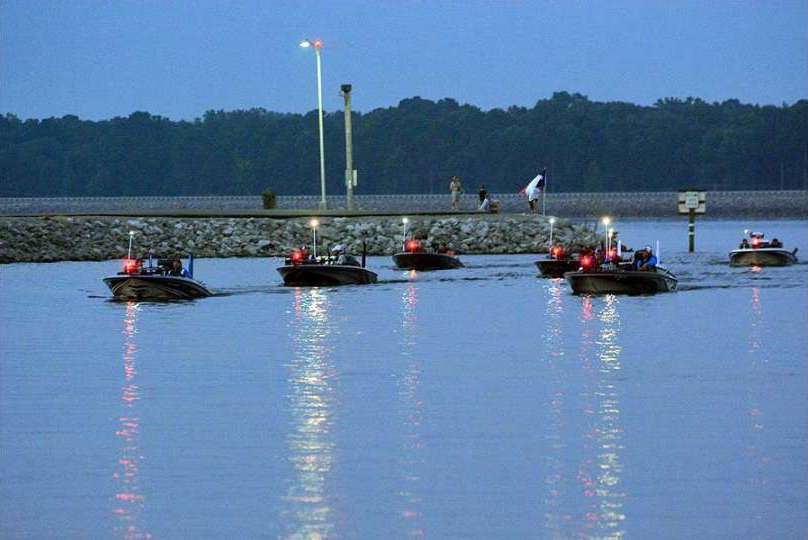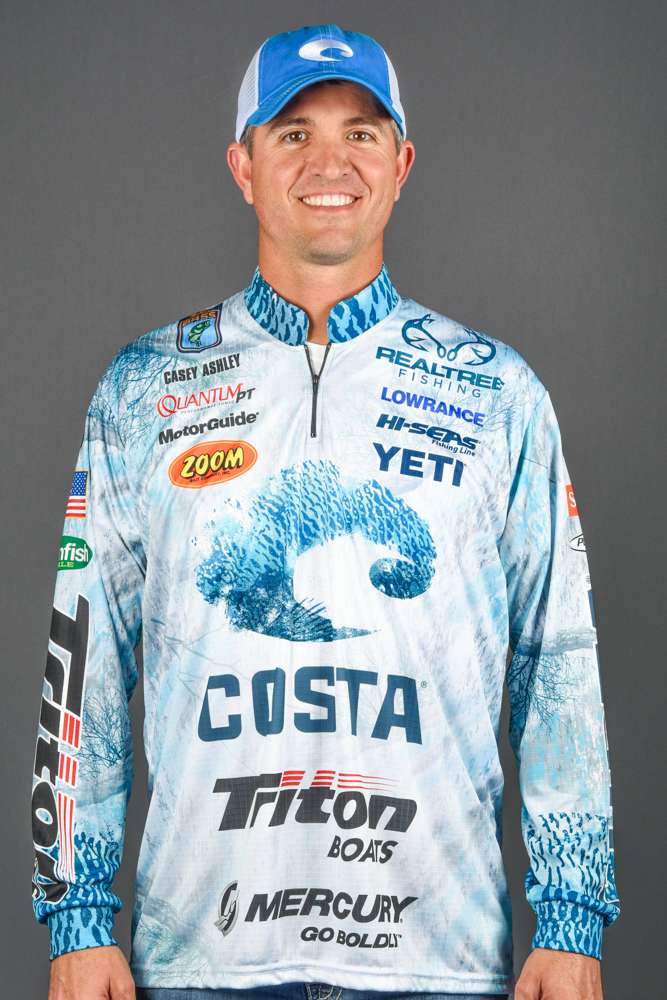
I’m looking forward to our next Bassmaster Elite Series event on Ross Barnett for a couple of reasons. For starters, I feel like I have the wind at my back after a fourth-place finish on Toledo Bend.
I still have to catch ‘em this week, but momentum is everything in this sport. It’s hard to explain, because there’s nothing you can do to get it started; you just have to keep going. The harder you try, the less likely it’s going to happen.
But when you get on those big momentum swings it seems like you can just ride it and everything goes right. Hopefully, after Toledo Bend, my momentum will keep going into this event.
The main thing on my mind at this point is next year’s GEICO Bassmaster Classic. If I can earn that qualification, I’m good. I just have to keep catching ‘em.
Now, the other reason I’m eager to fish Ross Barnett is because it’ll be my first time on the lake. I’ve never been there and, at this point in my career, that’s pretty rare.
What that means is I’m going in with no preconceived ideas about the lake. From the guys who’ve been on Ross Barnett, I know it’s mostly a shallow water fishery that has a lot of stumps but not any boat lanes, which makes it hard to get around.
I’ve looked at some past events on Ross Barnett, and it looks like it’s a decent lake where a 17- to 20-pound bag is competitive. It’s no fish factory like Toledo, but that’s ok, because going into a smaller lake that I don’t know much about actually helps more than it hurts.
I say that because when you go to a smaller lake with knowledge of which areas are good or not good, any area that you know is good will tons of boats in there. I hate fishing in a crowd, and that’s why I love big lakes like Toledo Bend, because you can spread out, get off by yourself and just fish.
But that doesn’t mean a tournament on a smaller lake like Ross Barnett has to be difficult; you just have to go into it with an open mind. Try to do something that most people wouldn’t do there and have it to yourself, or at least with not as many boats there.
In addition to a lot of shallow cover like those stumps and lily pads, there will be some offshore stuff worth checking. With this year’s mild winter, everything is ahead, so the postspawn patterns could play. That will help spread out the field, as opposed to the spawn when everyone is fishing shallow.
As far as a game plan going into lakes like Ross Barnett, instead of trying to find big groups of fish, I’ll fish for single fish. I’ll have a log with one on it or I may have a little point where I can pull up and catch two or three small ones.
But pulling up to one single spot where I know I can catch one single fish, that keeps you out of a crowd. And if you do find a group of fish, you can go in there and catch two or three to get your day started and then you only need to catch a couple more.
When you fish like that, you can actually practice during the tournament by fishing from one spot to the next and then look around — “practice” — between them. A lot of times, that’s how these deals get won; a guy is not really on anything but he keeps an open mind during competition hours and stumbles on something no one has figured out.
A lot of guys that practice and find something that’s working never change during the tournament. I would say that 50 percent of the field is already locked in by go time on Day 1, but there’s a lot of other stuff going on that no one’s messing with during the tournament.
I think one of the most consistent challenges on Ross Barnett will be the shallow cover. The thing about places like this is that you get in a rush and you tear up your equipment. That’s what practice is all about; not only finding fish, but also finding where you can run.
I wouldn’t want to fish a place like Ross Barnett without my Costa sunglasses because 90 percent of the time, I’m using them to keep myself out of navigation trouble. Avoiding those shallow hazards lets me focus on finding those little single-fish spots.

